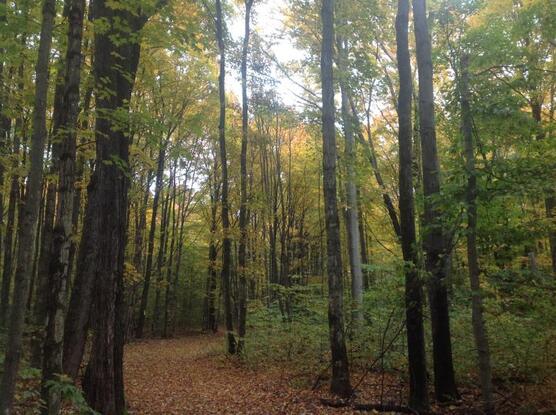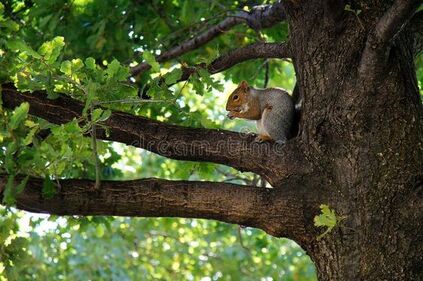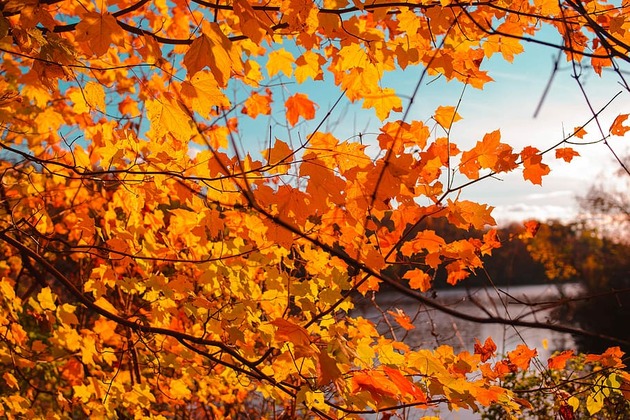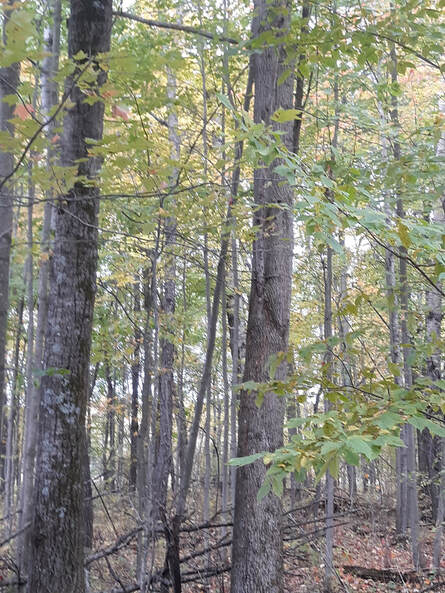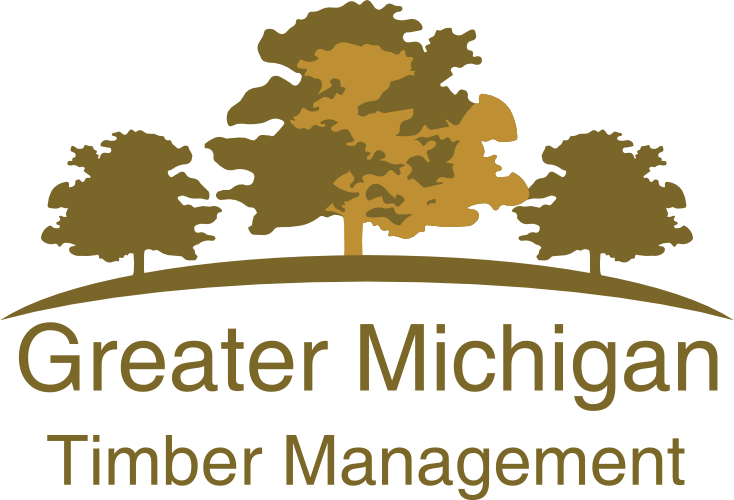|
0 Comments
Did you know there are 20.1 million acres of forest in Michigan? That makes 55 % of the state covered in forests! Of the Michigan forested land 62% of us private individuals, you and me, are the proud owners! With the state owning 23% and the federal government owning the remaining 15%. We have an important responsibility in regards to the stewardship of our forests that will impact generations to come. Be wise in your forest management practices. Choose carefully who will perform your timber management. Tell the Forest Stewardship Council to Reject Genetically Engineered Trees!
Next week the Forest Stewardship Council (FSC) will meet to decide whether to support field trials of genetically modified (GM) trees and to consider whether paper, toilet paper, lumber and other products made from such trees should be allowed to be FSC certified. It's people like you and me that can stop this madness! Please click on the link here This is Real and Experts Sound Alarm Over ‘Growing Threat’ of Genetically Engineered Trees9/29/2022 They "tinker" with our food, mosquitos, medications and now our trees. Despite the dangers of glyphoate they want to use more and more! Read about the report here
|
David & Valerie Zimmer
Buyers of standing timber and owners of Greater Michigan Timber Management, a Forest and Timber Management company located in the northern lower peninsula of Michigan. Categories
All
Call us for all your forest management needs at (989) 390-0705 or (989) 473-3791 We are happy to answer any question you may have. Greater Michigan Timber Management. Buyers of standing timber. Specializing in sustainable forestry management and sound stewardship practices.
(989) 473-3791 (989) 370-0705 Greater Michigan Timber Management: The timber management company that cares!
(989) 473-3791 |
